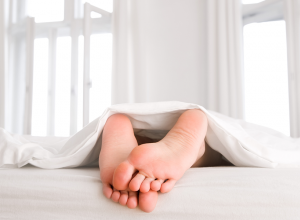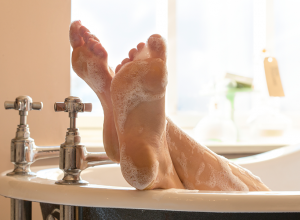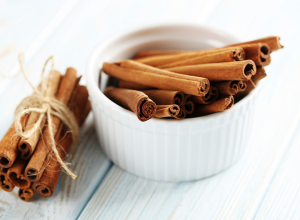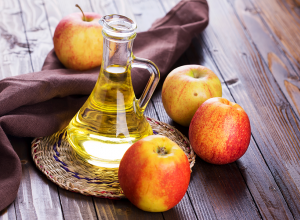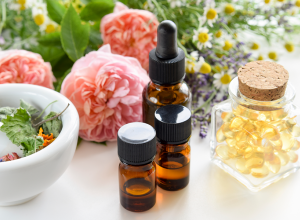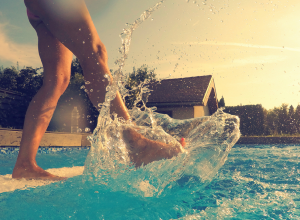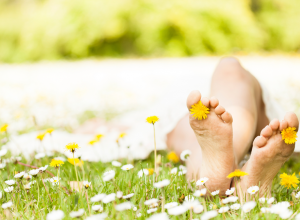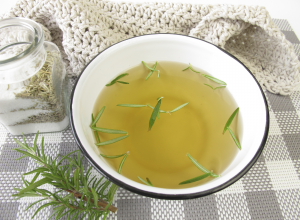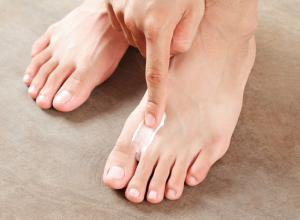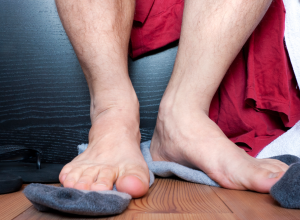
Athlete’s Foot
- Athlete’s Foot is a highly contagious fungal infection that causes itchiness, scaly skin and blistering of the feet.
- Contrary to popular belief, athlete's foot affects many different people — not just athletes.
- The condition infects about 15% of the world’s population.
- Athlete's Foot goes by many names, including tinea pedum, tinea pedis, ringworm of the foot and jungle rot.
Symptoms
Many people with Athlete’s Foot never develop symptoms and simply believe they have dry skin. When symptoms do show up, they include itchiness, peeling, burning and redness on the foot, especially on the soles and in between the toes. In rare cases, blisters and sores can be present.
There are four types of Athlete’s Foot, each with its own set of symptoms:
- Interdigital Athlete's Foot: Interdigital is the most common type of athlete's foot and usually occurs in between the toes. It causes itching and burning and is frequently mistaken for eczema.
- Plantar (Moccasin) Athlete's Foot: Plantar athlete's foot is characterized by minor irritation, dryness and peeling of the soles that can eventually spread up the sides of the feet.
- Ulcerative Athlete's Foot: Ulcerative athlete's foot is characterized by macerated lesions on the foot that have scaly borders.
- Vesiculobullous Athlete’s Foot: Vesiculobullous athlete's foot is the least common type of tinea pedum and is characterized by a sudden outbreak of fluid-filled blisters. The blisters usually occur on the underside of the foot but can appear anywhere, including between the toes. A secondary infection of Streptococcus pyogenes or Staphylococcus aureus usually complicates this type of athlete’s foot.
Causes
Despite the name, you do not have to be an athlete to contract Athlete’s Foot. Anyone can develop the contagious disease, as it spread from person to person via direct contact. You’re at a higher risk of contracting Athlete’s Foot if you visit places like gyms, locker rooms and swimming pools without wearing protective footwear, if you wear damp socks and/or tight fitting shoes, you share clothing, shoes, towels, bed linens and other materials with an infected person or if you have a weakened immune system.
Athlete’s Foot is a contagious condition that can easily travel to other parts of the body, so do not pick or scratch at an existing infection, because doing so can increase your chance of developing the infection elsewhere (such as on the palms, groin and breasts).
Athlete’s Foot is a type of dermatophyte, which is a fungus that requires keratin from hair, nails and skin to grow. It is often confused with ringworm (tinea corporis), but the two are not the same thing. There are four different types of mold responsible for Athlete’s Foot — Epidermophyton floccosum, T. rubram, T. mentagrophytes and T. tonsurans
Treatment
As sites like WebMD, MedlinePlus and MedicineNet lay out, treating Athlete’s Foot is a difficult process due to its ability to recur after initial treatment. Most podiatrists recommend prescription antifungal medications like Ketoconazole or over-the-counter treatments like hydrocortisone cream or terbinafine (brand name Lamisil). These medications are often taken in addition to making the infected area less suitable to the fungus by making sure it’s always clean and dry. Medicated powders like Lotrimin or Tinactin can help wick away moisture, as can moisture-wicking socks. There are also many home remedies for Athlete’s Foot, including garlic, vinegar, coconut oil and yogurt.
Dermatophytes are stubborn and can be very difficult to get rid of, so if you don’t see signs of improvement within a couple of weeks — or if you experience a fever and drainage — see your doctor or podiatrist right away. Complications that may arise from chronic or untreated Athlete’s Foot include inflammation of the lymphatic vessels, bacterial skin infections and fungal infections of the toenails (called onychomycosis).
Prevention
The best way to prevent Athlete’s Foot is to wear protective footwear in warm, damp environments like gyms, locker rooms and public swimming pools. You can also avoid contracting the disease by using your own towels, shoes, socks and bed linens, as well as keeping your feet clean and dry at all times.
Notice concerning medical entries:
Articles having medical content shall serve exclusively for the purpose of general information. Such articles are not suitable for any (self-) diagnosis and treatment of individual illnesses and medical indications. In particular, they cannot substitute for the examination, advice, or treatment by a licensed physician or pharmacist. No replies to any individual questions shall be effected through the articles.

